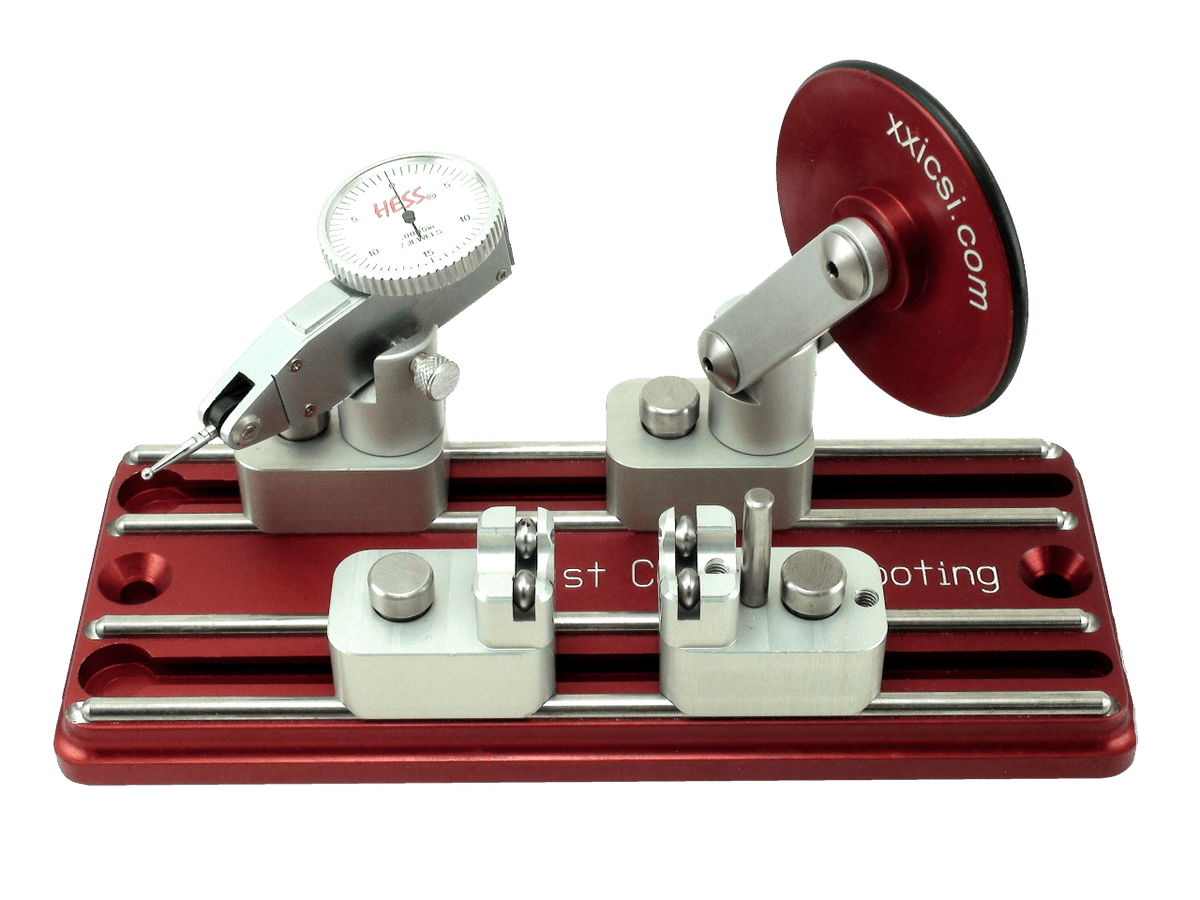I would say I'm a fairly novice reloader. Been doing it for a couple years now strictly for hunting loads and recreational target shooting. Last night I was pulling some bullets from some loads I had worked up that got "lost" in a move but recently found and I have since changed brass brands. I noticed that some of the bullets pulled much easier than others so that got me thinking are there more advanced things I should be doing for consistency and brass life? I've never had any issues so to speak with my handloads but always looking to improve.Here is my typical process.
1. Tumble & Clean
2. Full Length Resize
3. Trim Necks
4. Debur Inside/Outside Necks
5. Uniform Flash Hole
6. Clean Primer Pocket
7. Seat Primers
8. Throw, Weigh, & Pour Charge
9. Seat Bullet
I'm using a single stage RCBS press with Hornady Custom Grade Dies for my 6.5CM and 300WM. Using RCBS Competition Grade Dies for my 7mm RM. Lapua brass on the 6.5CM and ADG brass on the 300WM and 7mm RM. Berger VLD and Hornady ELD-X bullets.
I set my dies up following manufacturer recommendations.
As I've been researching and reading online I have a few questions.
1. Neck sizing only, is that better than FL sizing?
2. Bumping the shoulder back .002"? Does the FL die do that or is that an additional step?
3. Neck tension, how do I make that more consistent?
4. Any other recommendations?
Thanks in advance.
Here's what I do for all my precision rounds (223 & 338). YMMV or you may want to add/remove steps
01 - decap using a Mighty Armoury decapper.
02 - wet tumble with stainless pins. 15-20min using hot water, dish soap & citric acid powder.)
03- dry in an old multi level dehydrator on highest setting.
04- Anneal
05 - lube cases
06 - FULL length resize with decapping and sizing pin removed. (Many ELR shooters use this and achieve extreme levels of accuracy at extreme ranges. So, if they have managed to perfect the wheel, why change it,)
07 - Neck tension using a mandrel to give 1.5 thousandths tension on your preferred bullet. (I'm using a 21st Century system.)
08 - remove case lube / not (I'm sticking to not so far)
09 - Case trim to length, chamfer & deburr. (Primer pocket uniform & flash hole deburr (only ever needed once for the brass life.))
10 - dry neck lube using graphite mixed into a small jar of small lead shot. (dip and twist. Supposedly this helps seating and release of the bullet when firing) (currently NOT doing this)
11 - Prime as per your needs, preferences.
12 - powder charge. (I'm measuring bulk charge by a manual powder throw, then onto a digital scale and I add balls/flakes/extruded cylinders of powder to get my load to 00.0gr (looking into a scale that will give 00.00gr, not sure if this will decrease my overall extreme spread and Std Deviation. It should. Theoretically.)
13 - Seat bullet to depth. (I'm working to 0.000x inchs of depth variance. Using calipers and measuring at the ogive.)
14 - crimp as / if needed for your specific rounds.
All this is done on a single stage RCBS press using Hornady quick change bushings. So, everything is set once. Makes it easier / quicker to load.
Little long, hope it helps you.
My results are as follows (10 rounds over the chrono)
338LM - 362 yard zero.
Avg. measured speed - 2855.8fps
Extreme spread - 14fps
SD - 6.53
Group size (5 rounds) - 1.8" (0.48 MOA)

